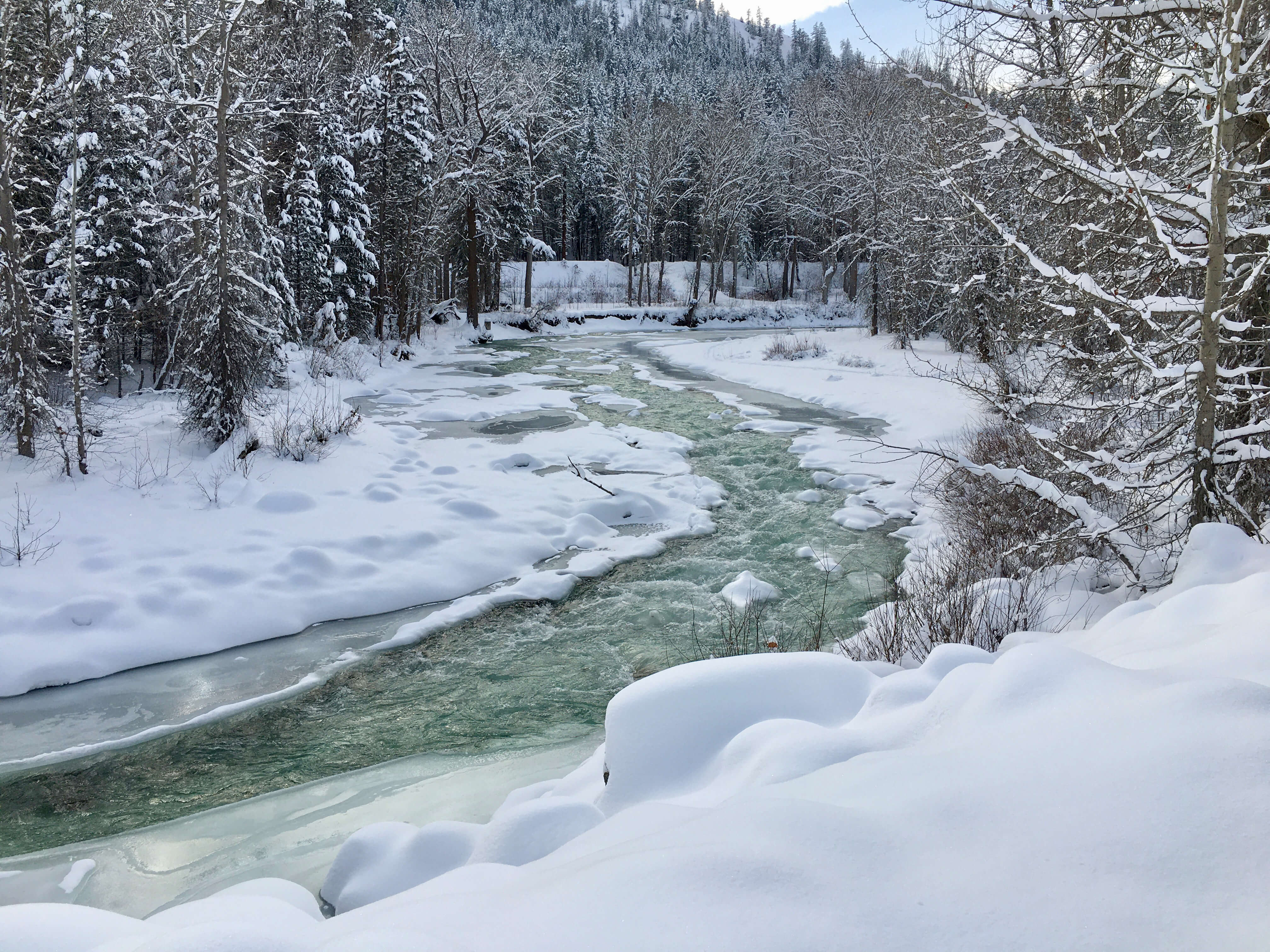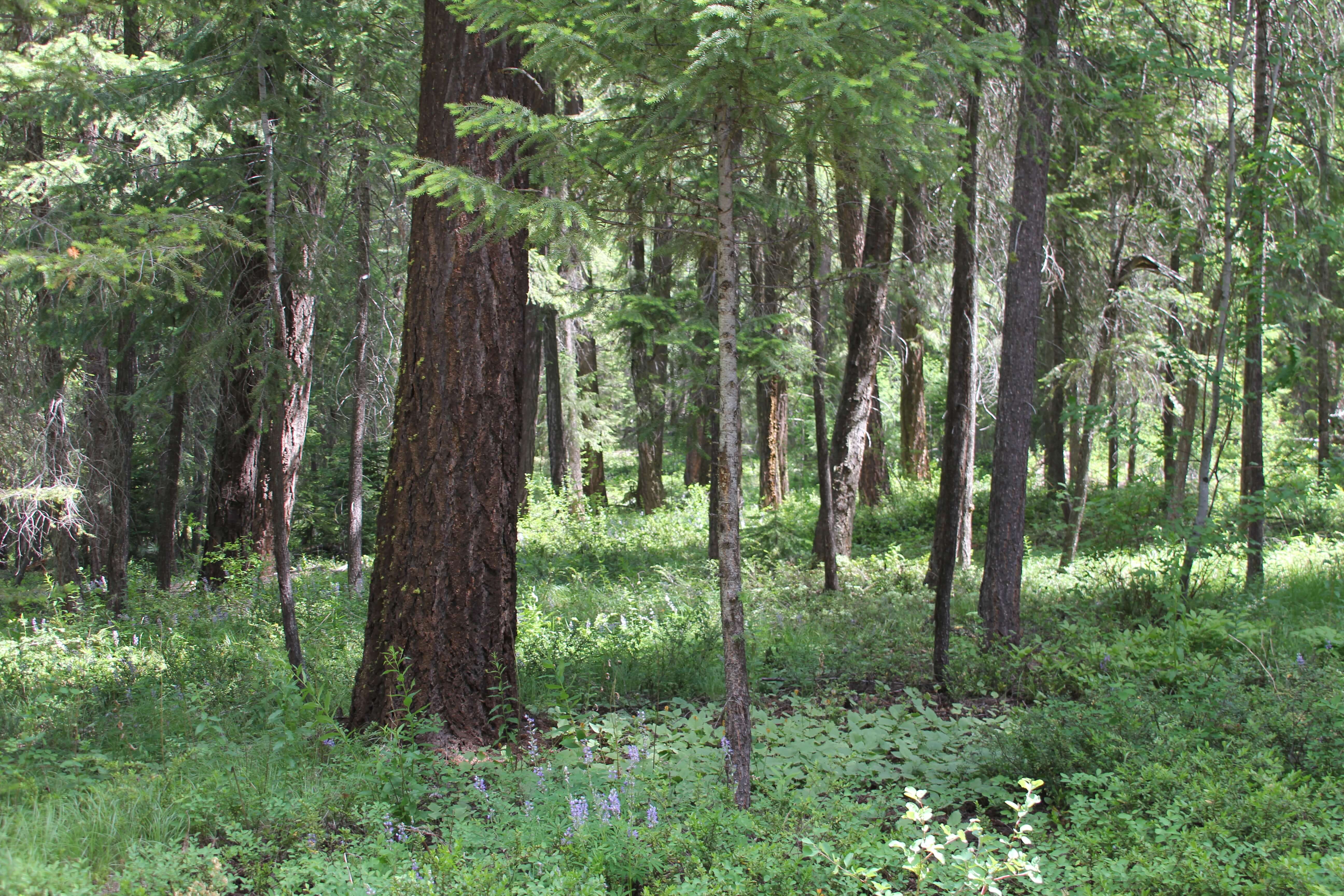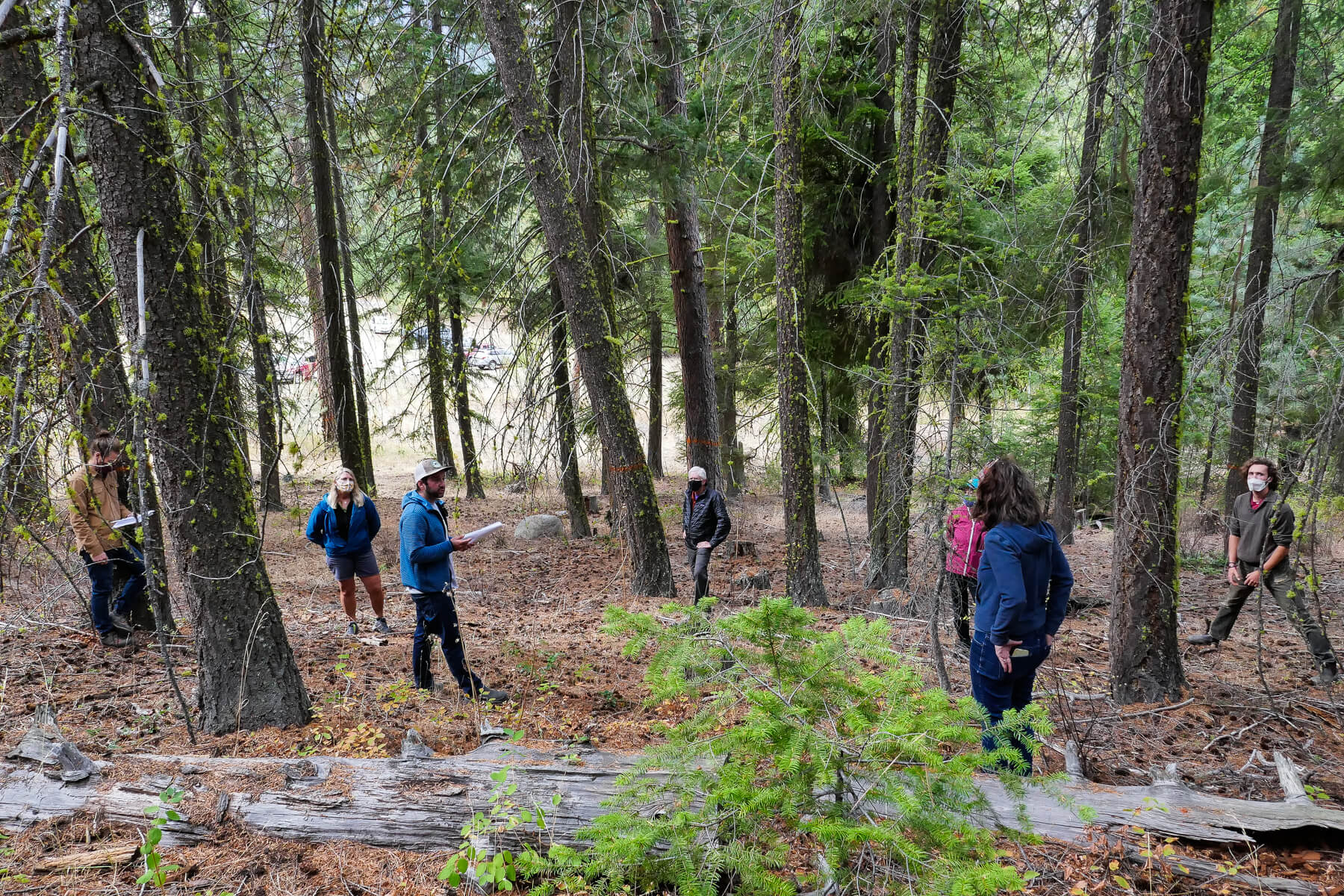Public Lands and Forests
Unfortunately, a century of forest mismanagement—the logging of large trees and suppression of fire– has led to a much greater frequency of severe wildfires over the last 20 years that have significantly changed our landscapes. For the last few years, MVCC has been working collaboratively with the Forest Service and North Central Washington Forest Health Collaborative to help plan and implement landscape-scale restoration projects that are ecologically-focused and can make our forests more resilient in the face of high severity wildfire and increased drought.


Forest Restoration Projects
• A return of prescribed fire to the landscape
• The thinning of small diameter trees and the protection of large (over 20”) trees
• The protection and maintenance of wildlife programs
• The decommissioning of roads
Northwest Forest Plan Amendment
To mitigate the effects of climate change on Pacific Northwest forests, the Biden administration is looking to protect old forests on federal lands in the Pacific Northwest through an update of the Northwest Forest Plan.
The Northwest Forest Plan is a landscape approach to forest management across 17 different Forests throughout Washington, Oregon and Northern California including the Okanogan-Wenatchee National Forest. It is designed to protect at-risk species while also contributing to social and economic sustainability in the Pacific Northwest. It was intended to provide an ecosystem approach to forest management approach to federal lands that is scientifically credible, socially responsible, and legally sound. Since its adoption in 1994, climate change and other developments have prompted the U.S. Forest Service (USFS) to pursue a modernization of the Plan that focuses on five key areas: wildfire resilience, climate change adaptation, tribal inclusion, sustainable communities, and conservation of old growth ecosystems.
The U.S. Forest Service began the updating process of the Northwest Forest Plan with a scoping process early in 2024. MVCC issued a comment guide which you can find below. The draft EIS of the Plan Amendment is expected to be released later in 2024.


